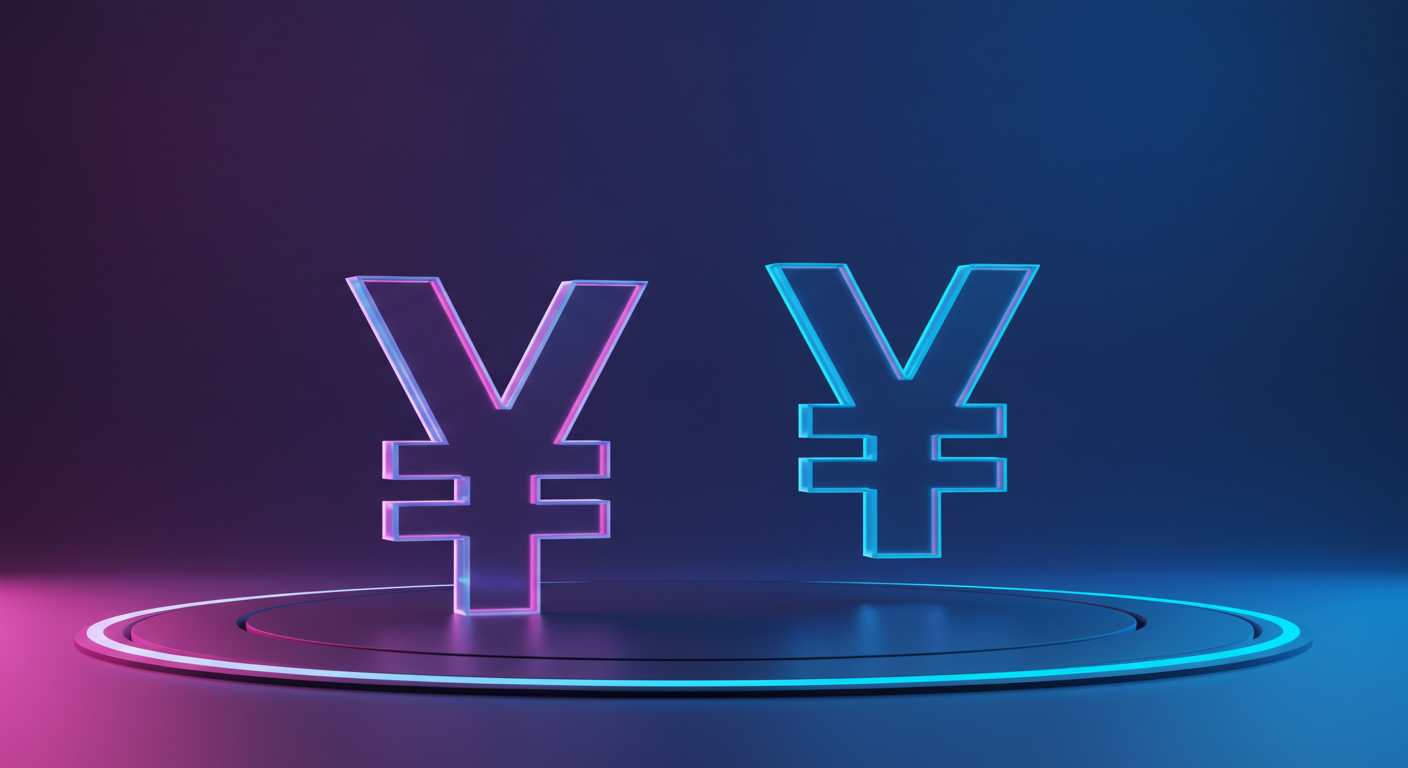
Trump has accused Japan of unfair trade practices in the automobile sector, urging Tokyo to increase imports of U.S. energy and goods. He criticised the trade imbalance, pointing out that while the U.S. imports millions of Japanese vehicles, Japan imports few American-made cars.
Japan is seeking an exemption from a 25% U.S. auto tariff and aims to avoid a 24% reciprocal tariff set to take effect on July 9. The auto industry, a major part of Japan’s economy, constitutes approximately 28% of Japan’s ¥21 trillion ($145 billion) in annual exports to the U.S.
Trade Leverage
Put simply, this is a test of leverage. Trump is pressuring Japan by highlighting disparities in trade flows, mainly focusing on the automotive sector. His message is straightforward—Japanese carmakers are taking a lion’s share of the U.S. market, yet American vehicles face roadblocks entering the Japanese market. The underlying suggestion is that if this imbalance isn’t corrected—presumably through trade concessions or increased imports of U.S.-sourced energy and manufactured products—Washington may act on threatened tariffs.
A 25% import tariff already has the potential to alter cost bases dramatically, but the additional 24% tariff set to activate on 9 July could drastically reprice risk for Japanese auto exporters. The scale is not minor. Vehicles and related components account for nearly a third of Tokyo’s total exports to the United States—a level that makes any policy development on this front more than just a talking point. Hence, should tariffs be imposed, it would likely upend pricing strategies, supply chains, and contract assumptions built into current export flows.
For traders navigating derivatives markets, especially those with exposure to Japanese manufacturers or broader Asia-Pacific transport sectors, this kind of policy posturing is a volatility lever. If the U.S. follows through with tariff implementation, we’re not only looking at equity pressure. Currency implications will almost certainly spiral into JPY pairs, and by association, Nikkei-linked derivatives. Even before tariffs bite, expectations of disruption alone may prompt rebalancing, particularly as expiry dates draw closer.
We must remain sensitive to implied volatilities being priced into auto stocks, especially those in Tokyo-listed indexes. Hedging ratios will need realignment if flows around options start reflecting tariff risks more aggressively. Matsumoto, for example, has often highlighted how options markets react early—this may well be one of those windows.
Market Reactions
It is conditions like these that amplify skew shifts, particularly where geopolitical language becomes closely tied to fiscal threats. What’s more, sector-weighted ETFs and index derivatives will likely see adjusted volume peaks should the tariffs move from threat to directive. Not reacting would be akin to mispricing downside entirely.
Hedge positioning via calendar spreads now seems more justifiable, especially if forward-looking premiums remain subdued while event volatility builds. Nakamura’s comments last quarter about asymmetric risk seem increasingly grounded given the back-and-forth this week. We observe that risk isn’t only about tariffs materialising; it’s also about how markets anticipate those moves across every leg of the trade.
There’s also the spillover into U.S. multinationals with upstream exposure to Japan’s auto component space. That isn’t often priced directly, but cushions used in those larger portfolios may shift in subtle but telling ways. We’ve already noticed marginal changes in cross-border rates hedges, suggesting institutions are starting to adjust their composite book.
The coming two weeks offer multiple entry points for reevaluation. Policy headlines can no longer be treated as noise, not when timing coincides with options expiry. Positions this week might benefit more from delta-reducing mechanics rather than outright directional bets. The surge risk from a delayed agreement or last-minute exemption remains valid, but its probability is difficult to overweight while concrete negotiation terms stay off the table. Caveats are not a substitute for clarity.
This all leads us to maintain an active lens on volume patterns occurring outside normal European trading hours, especially in markets where auto-sector correlation is historically higher. Given the trade volume concentration seen in Tokyo’s late sessions recently, our monitors are dialled into those movements. Until a tariff exemption is locked—or clearly denied—these shifts aren’t noise. They’re signals.







